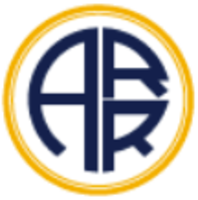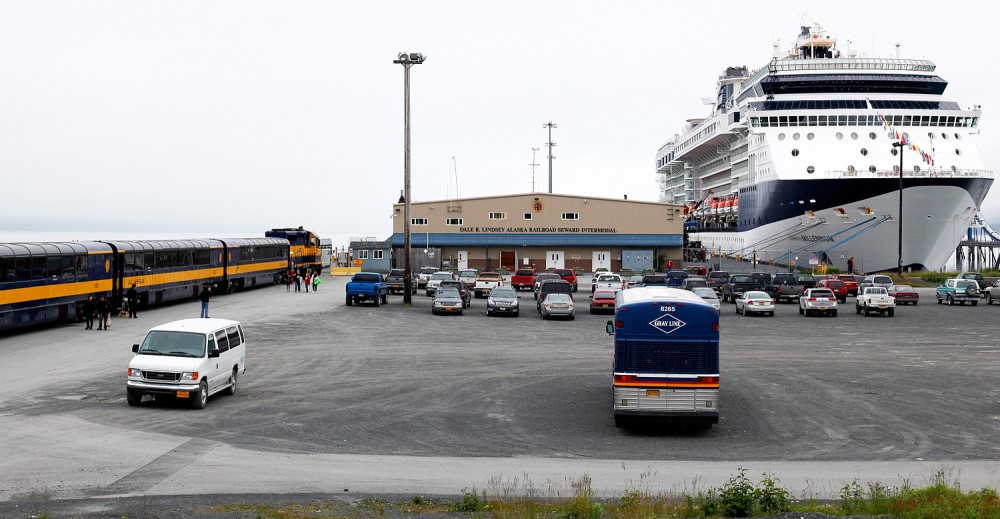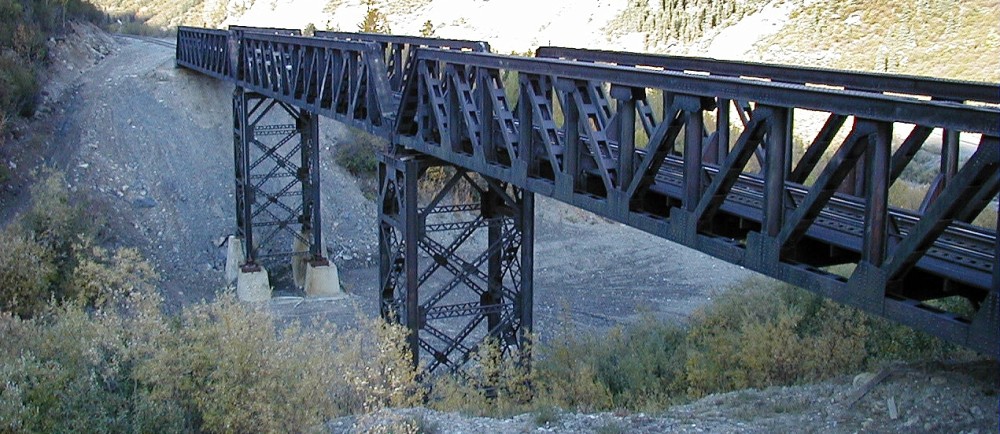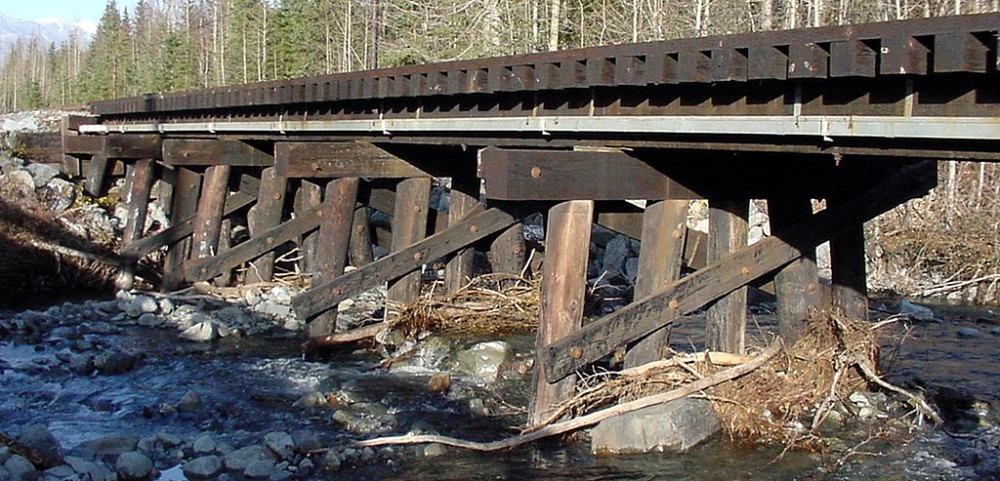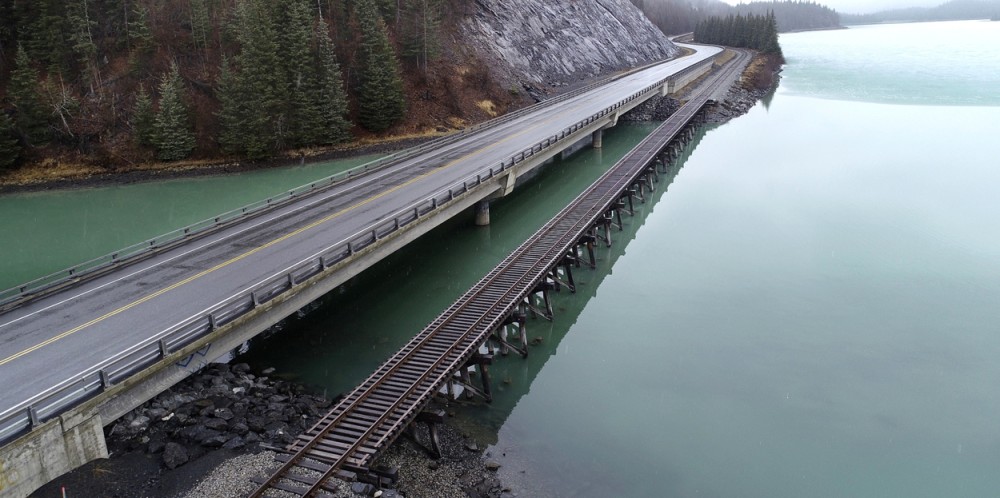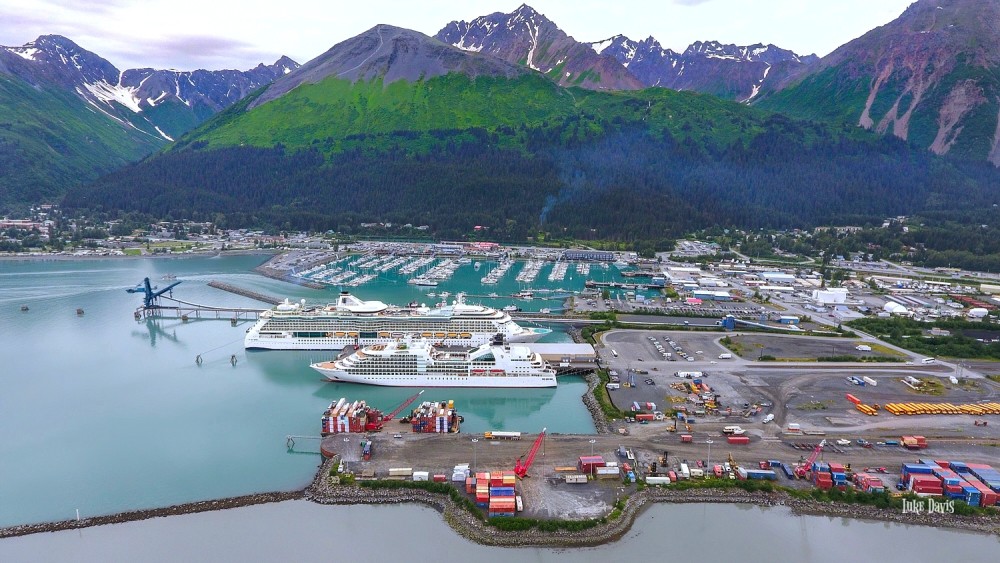Alaska Railroad
Alaska Railroad
Since the completion of the main line in 1923, the Alaska Railroad (ARRC) has grown into a full-service freight and passenger railroad, connecting ports and communities to the metro hubs of Anchorage and Fairbanks.
ARRC provides year-round rail transportation services throughout Southcentral and Interior Alaska. Routes traverse miles of remote and wild landscapes, safely bringing millions of tons of cargo and nearly a half-million passengers to railbelt destinations each year. The Alaska Railroad operates a regularly-scheduled public transportation service connecting Alaskans and visitors to communities from Seward to Fairbanks. Passengers gain access to remote regions and areas off the road system, and to public land treasures including the Chugach National Forest and Denali National Park, which are visited by hundreds of thousands of people annually.
Rich in frontier spirit and local knowledge, the Alaska Railroad is an enduring Alaska icon, offering an exceptional way to travel and see Alaska.
The ARRC is a state-owned corporation that is operated like a private business. ARRC must generate enough revenues from train and real estate services to cover workforce, operations and infrastructure maintenance expenses. Alaska Railroad employees are not part of the state personnel system.
Alaska Railroad projects website: https://www.alaskarailroad.com/corporate/projects
Seward Freight Dock Expansion & Corridor Improvements
ARRC is expanding its Seward Freight Dock by lengthening the existing structure from 620 feet to 1,000 feet into deeper water, and include a mooring dolphin and catwalk 100 feet beyond the deck area. The structure will also be widened from 200 feet to 320 feet along its entire length. The expansion concept is pictured below.
Occurring entirely within ARRC’s land reserves, expansion will improve freight intermodal operations (ship-to-train, ship-to-truck or ship-to-barge). Expansion design will accommodate larger vessels and more vessel types (freight, cruise, research, military, fishing and barge). Design will increase terminal capacity, improve loading and unloading efficiency, and enhance safety by providing additional:
- Short- and long-term berthing space
- Capacity for simultaneous berthing
- Capacity to service larger ships
- Roll-on/roll-off compatibility
ARRC’s three docks are accessed along Port Avenue. The project’s corridor improvement component will extend Port Avenue through railroad property to connect to Airport Avenue. This roadway link will improve traffic circulation in the Seward Port area, resolving user conflicts and safety hazards. The connection will also enhance access to Seward Freight Dock Expansion and Corridor Improvements
Seward Passenger Terminal Replacement
The project purpose is to replace the existing Seward Passenger Dock and Terminal. The facility provides an intermodal hub between cruiseships and other marine vessels, trains and vehicles (pictured below). It was constructed in 1966 and is nearing the end of its useful life. Project goals include:
- Replace the existing passenger dock and associated facilities, including the passenger terminal building, in order to support continued cruise / visitor industry growth in Southcentral Alaska.
- Enhance passenger rail opportunities and ARRC operating efficiency.
- Develop upland areas of the Terminal Reserve adjacent to the existing dock to facilitate economic and job creation opportunities within the region and throughout the state.
- Continue to meet the important community gathering function currently provided by the existing passenger terminal building.
Bridge Program
The ARRC Bridge Program focuses on infrastructure integrity that underpins safe, reliable rail-road transportation services. The Alaska Rairoad operates over the oldest transportation infrastructure in the state. Many rail system bridges were constructed decades ago. The ARRC Bridge Program pursues heavy maintenance, rehabilitation and replacement to maintain bridges in a state of good repair.
Program activities will address operational efficiency. ARRC is forced to slow train speeds due to bridge age and deterioration. ARRC must also perform more preventive maintenance and repairs in order to keep older bridges in safe and serviceable condition.
Existing rail bridge limitations also render the Alaska Railroad’s freight business more costly to operate. ARRC must consistently limit loads on railcars in order to accommodate rail bridge weight capacity that is significantly lower than the rest of North America’s rail freight network.
Pictured below is the 369-foot pony truss bridge near Denali Park that will be replaced with a large culvert.
Bridge 25.4 (Moose Pass area)
The Alaska Railroad Corporation (ARRC) will replace the 120-foot eight-trestle timber bridge (pictured below) that crosses Falls Creek at ARRC milepost 25.4, in Crown Point (about 4 miles south of Moose Pass), Alaska. The project will replace the aging structure with a new 112-foot four-span concrete ballast deck bridge.
Bridge 25.7 (Moose Pass area)
The Alaska Railroad Corporation (ARRC) will replace the 360-foot 24-trestle timber bridge (pictured below, along side the highway bridge) that crosses Lower Trail Lake at ARRC milepost 25.7, in Crown Point (about 4 miles south of Moose Pass), Alaska. The project will replace the aging structure with a new 360-foot 12-span steel beam bridge.
Seward Master Planning
Completed in 2017, the Seward Marine Terminal Expansion Planning Project (also known as Railport Seward), included three studies -- Passenger Traffic, Freight Traffic and Transportation Connectivity -- and resulted in a Master Plan. The purpose of this project was to ensure this regionally and nationally significant port:
- Responds to the assessment that the west dock is nearing the end of its useful life
- Continues to meet current and future demand
- Identifies opportunities to improve efficiency and capacity
Master Plan findings and recommendations include improvements or additions to existing and future marine and land-based infrastructure. Replacement of the aging passenger dock and terminal, expansion of the freight dock, and roadway connectivity are addressed in planning documents. The Alaska Railroad's marine and land terminal is pictured below.
Track Rehabilitation
The Alaska Railroad (ARRC) continues an ongoing track rehabilitation program in 2021 to upgrade the main line, sidings and yards from Seward to Fairbanks. The program calls for replacing rail, ties and ballast in areas of critical need.
For engineering / maintenance purposes, ARRC divides the main line into three districts:
- Milepost 0 (Seward) to 117 (Anchorage Yard)
- Milepost 117 (Anchorage Yard) to 345 (north of Montana Siding and south of Denali Park)
- Milepost 345 (north of Montana Siding and south of Denali Park) to Eielson AFB
Whittier Tunnel Construction
Anton Anderson Memorial Tunnel to close 2 hours early each weekday evening (Emergency Fire and Medical Services travel will be permitted during construction hours) to enable the Alaska Railroad’s nightly maintenance work on the tunnel’s road-rail surface.
Monday through Friday, March 8 - April 30, 2021
Monday - Friday, the last evening tunnel OUT of Whittier is 8:00 p.m. and the last tunnel open INTO Whittier is 8:30 p.m.
Project Public Meeting via Zoom
5:30 - 6:30 p.m., Thursday, Feb. 25, 2021
Meeting ID 841 1842 1280 | Passcode 725877 | Call in 1-253-215-8782
QUESTIONS? Call (907) 265-2357 or 265-2635
